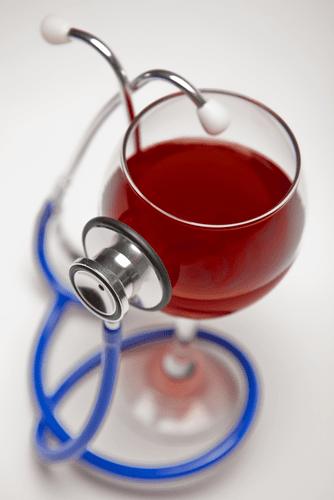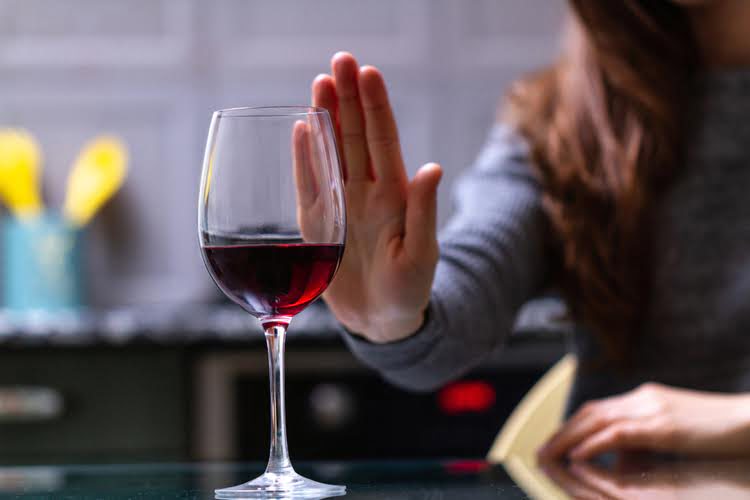To illustrate this approach and its effectiveness, the following is an example of how drama therapy methods can teach the DBT skill of wise mind within the context of an action-based DBT group. Use watercolors to express your bodily state. Decide how you feel on a given day or at https://thecupertinodigest.com/top-5-advantages-of-staying-in-a-sober-living-house/ a given moment. Draw an outline of your body on a canvas or piece of paper and use watercolors to demonstrate how you feel, physically and emotionally. Music reveals and unleashes emotions. Play some music that resonates with you and express your feelings through a paintbrush.
Watercolor Your Emotions

Choose the color and composition of the picture for each of them. The main thing is that the color combination matches your idea of the very desire. Cut the completed abstract drawing from a magazine or newspaper into pieces of any shape. A fragment of someone else’s drawing must be integrated into your work. Glue the collage and paint the rest. Reference geometric shapes art therapy ideas.
Simple art therapy techniques
- One of the simple and effective therapeutic art ideas is liquid paint cast.
- This activity can be conducted with an individual or in a group.
- At Sabino Recovery, the combination of substance abuse treatment and expressive arts therapy can have a powerful effect on addiction, underlying trauma, and mental illness.
- Completion of the item from separate details, in order to form new images, helps to overcome traumatic psychoemotional conditions.
- By creating art frequently, you can see the progress in your works as time goes on, and not just in the quality itself.
The added support of an art therapist in addition to other methods like detox medication, support groups, and ongoing medical supervision can greatly enhance the experience on the road to recovery. Approaches vary, including traditional mediums like painting and drawing, to more modern forms like digital art therapy. Each method provides a unique avenue for expression and healing. Research shows that art therapy can significantly reduce symptoms of depression, anxiety, and other mental health issues that often accompany addiction. A study published in the Journal of the American Art Therapy Association found participants reported a noteworthy decrease in their levels of distress after engaging in art therapy sessions. Art therapy stands as a transformative branch of therapy, uniquely blending the realms of art and psychology to support individuals on their journey to recovery.
Drawing and painting
There’s no doubt children can do well in art therapy. This is due to a number of reasons, including things like their natural drive toward play and creative expression. But adults are driven to create, too. Plus, many adults appreciate the way art allows for nonverbal communication and exploration of issues on a symbolic level. As of late, adult coloring books have been on the market to encourage relaxation during times of stress. These coloring books encourage adults to focus on the present moment, using it as a means to detach from unpleasant thoughts.
Treatment Process
As a therapeutic tool, art therapy is appropriate in many contexts across age, gender, and circumstances. It is important to note that you do not need to consider yourself Sober House an “artist” or have any artistic training to enjoy the benefits of art therapy. The goal is to enjoy the process and promote self-expression, not produce a certain product.
Freedom to Focus on Patient Care

It offers a holistic element by incorporating various creative techniques, allowing individuals to explore their emotions, thoughts, and experiences. Developing ways of coping with cravings, negative emotions, and addictive triggers is often critical to a client’s recovery. Alongside a licensed art therapist, they can not only identify these problematic feelings and ideas but find ways to deal with them so that they no longer motivate the individual toward addiction. Individuals battling substance use disorders have the luxury of finding inpatient treatment centers that offer innovative practices. Art therapy, music therapy, animal therapy, holistic treatments, and adventure therapy can all impact someone’s motivation and feelings of safety while healing core wounds.